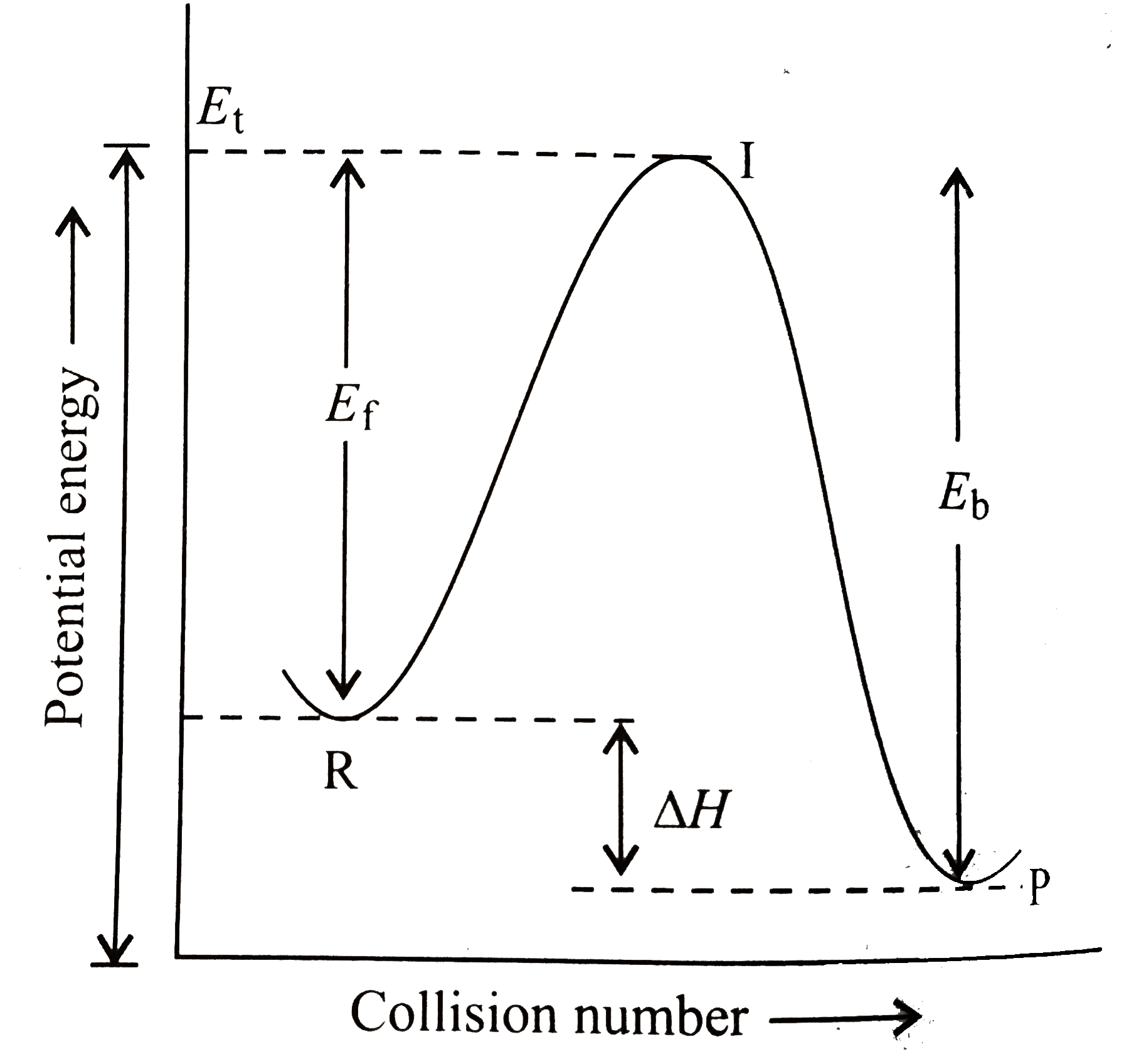The rate constant of one reaction is found to be double than that of rate constant of another reaction. Then the relation between the corresponding activation energies of the two reactions can be represented as,Solution in Odia
None of the above
The correct Answer is:D
Step by step video, text & image solution for The rate constant K_a of one reaction is found to be double than that of rate constant K_(a)'' of another reaction. Then the relation between the corresponding activation energies of the two reactions E_(a) ' and E_(a) '' can be represented as, by Chemistry experts to help you in doubts & scoring excellent marks in Class 12 exams.
Updated on:21/07/2023Topper's Solved these Questions
Similar Questions
Write the structure of a compound with a coordinate bond.
View SolutionSoaps do not from froths easily from hard water because :
View SolutionA colliison between reactant molecules must occur with a certain minimum energy before it is effective in yielding Product molecules. This minimum energy is called activation energy Ea Large the value of activation energy, smaller the value of rate constant k. Larger is the value of activation energy, greater is the effect of temperature rise on rate constant k.

Ef= Activation energy of forward reaction
Eb= Activation energy of backward reaction
ΔH=Ef−Eb
Ef= threshold energy
For two reactions, activation energies are Ea1 and Ea2, rate constant are k1 and k2 at the same temperature. If k1>k2, then
View SolutionThe rate constant K1 of a reaction is found to be double that of rate constant K2 of another reaction. The relationship between corresponding activation energies of the two reaction at same temperature (E1andE2) can be represented as:
View SolutionThe rate constant (K') of one reaction is double of the rate constant (K") of another reaction. Then the relationship between the corresponding activation energies of the two reactions (E_(a)^(') "and" E_(a)^('')) will be
View SolutionThe rate constant (k1) of one of the reactions is found to be double than that of the rate constant (k2) of another reaction. The relationship between the corresponding activation energies of the two reactions Ea1<Ea2
View SolutionThe rate constant (K') of one reaction is double of the rate constant (K") of another reaction. Then the relationship between the corresponding activation energies of the two reactions (E′aandE''a) will be
View SolutionThe rate constant of a reaction at temperature 200K is 10 times than the rate constant at 400K . What is the activation energy ( E_(a) ) of the reaction (R=gas constant) ?
View SolutionThe rate constant (K1) of one reaction is found to be double that of the rate constant of (K2) another reaction. Then the relationship - ' between the corresponding activation energies of two reactions (E1andE2) can be represented.
View SolutionThe rate constant (k') of one of the reaction is found to be double that of the rate constant (k") of another reaction. Then the relationship between the corresponding activation energies of the two reactions can be represented as
View Solutionकिसी अभिक्रिया का 200K पर दर स्थिरांक 400K पर दर स्थिरांक के मान से 10 गुना कम है तो अभिक्रिया की सक्रियण ऊर्जा (E0) होगी (R = गैस स्थिरांक)
View SolutionThe rate constant K1 of a reaction is found to be double that of rate constant K2 of another reaction. The relationship between corresponding activation energies of the two reactions E1 and E2 can be represented as
View SolutionThe rate constant K1 of a reaction is found to be double that of rate constant K2 of another reaction. The relationship between corresponding activation energies of the two reactions E1 and E2 can be represented as
View SolutionThe rate constant (K') of one reaction is double of the rate constant (K") of another reaction. Then the relationship between the corresponding activation energies of the two reactions (E_(a)^(') "and" E_(a)^('')) will be
View SolutionThe rate constant Ka of one reaction is found to be double than that of rate constant Ka'' of another reaction. Then the relation between the corresponding activation energies of the two reactions Ea'andEa'' can be represented as,
View Solution
